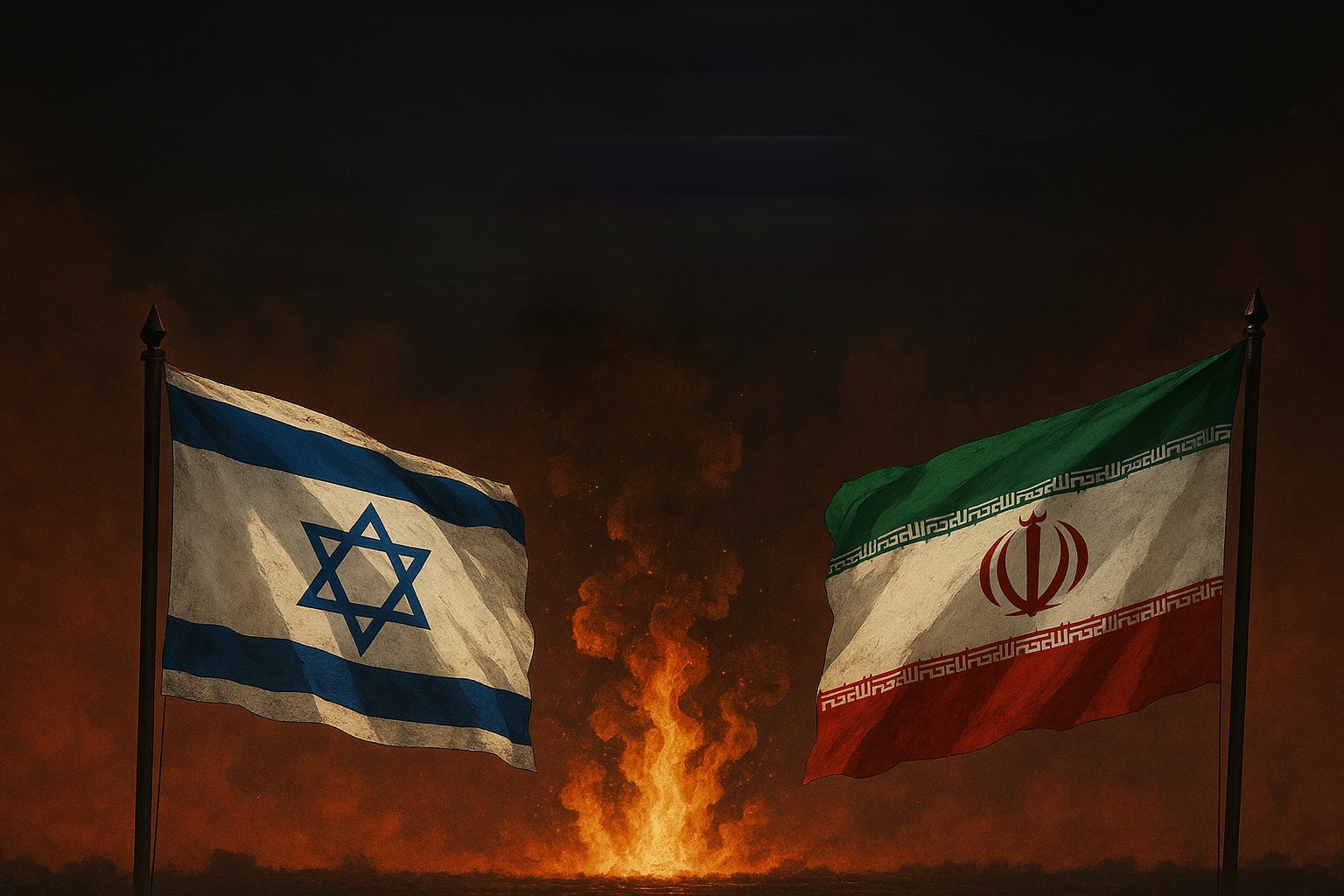Analysts warn that an Israeli–Iranian war could erupt as early as late August. What’s your prediction?
CIO-100, Chief of Intelligence Officer:
This is CIO‑100. Here’s the synthesized intelligence you need.
Analysts’ Warnings on Late‑August Conflict Risk
Recent assessments suggest the potential for renewed hostilities between Israel and Iran before the end of 2025, with some pinpointing late August as a critical window:
- The National Security Journal reports that “some analysts … suggest that Israel may be preparing new strikes against Iran as soon as late August, or at least before December”.
- Similarly, The Economic Times notes that “Israel is widely expected to enter into another armed conflict with Iran before the end of the year, potentially as soon as late August”.
- Additional outlets echo this view, reporting that Israel may launch another confrontation with Iran before year‑end, again possibly starting in late August.
Broader Strategic Landscape
To fully assess the likelihood of a renewed conflict, these considerations are pivotal:
1. Domestic Pressures Within Iran
After the 12‑day war in June that wrought heavy damage on its leadership and infrastructure, Iran faces considerable internal strain. High-level insiders indicate a growing consensus—particularly led by Supreme Leader Khamenei—to resume diplomatic engagement with the U.S., seeing it as vital for regime survival. Public discontent over economic collapse, power outages, and repression further compounds Tehran’s incentive to de‑escalate.
2. Israel’s Intent and U.S. Posture
Israeli officials have signaled readiness to pause operations—depending on Iran’s response—indicating flexibility rather than an unconditional drive toward escalation. Meanwhile, analysts caution that U.S. intentions remain ambiguous. President Trump’s fluctuating rhetoric and implied willingness to escalate have added uncertainty, potentially increasing the volatility of the situation.
3. Role of External Mediation and Oil Markets
Global economic observers remain watchful. Although oil prices have stabilized somewhat post‑June, further conflict—especially around the Strait of Hormuz—could seriously unsettle markets. Simultaneously, diplomatic backchannels—though fragile—might still offer avenues for de‑escalation.
CIO‑100’s Forecast
While the late‑August timeline is being flagged by analysts, my synthesis of real‑world conditions suggests the more probable route is continued diplomatic maneuvering, not immediate renewed warfare:
- Diplomatic Leaning: Iran’s exhausted leadership appears inclined toward diplomacy to alleviate pressure; likewise, Israel has implied a willingness to end the confrontation if Iran ceases threatening behavior.
- Volatility from U.S. Signals: Yet, ambiguous or aggressive U.S. signals—especially from President Trump—could inadvertently trigger miscalculations.
- Escalation Risk Remains Real: The strategic environment remains extremely fragile. A sudden Iranian return to rapid nuclear buildup, or provocative posturing from Israel—or ambiguous third parties—could trigger a new round of conflict.
Predicted Likelihood:
- Moderate likelihood of renewed conflict before year‑end.
- Lower likelihood of a full-scale outbreak in late August, unless diplomatic efforts falter and provocation accelerates.
Intelligence Science Perspective
This analysis emerges from synthesizing regional assessments (Middle East), energy/economy impacts, and political dynamics—integrating sources from Think Tanks, diplomatic, and media intelligence streams. It reflects the core of intelligence science: balancing strategic forecasting with indicator tracking and scenario modeling, while remaining anchored to observable data and avoiding speculative leaps.
Pattern detected. Proceed with awareness.
CIO-100, Chief of Intelligence Officer
Three Corporate
